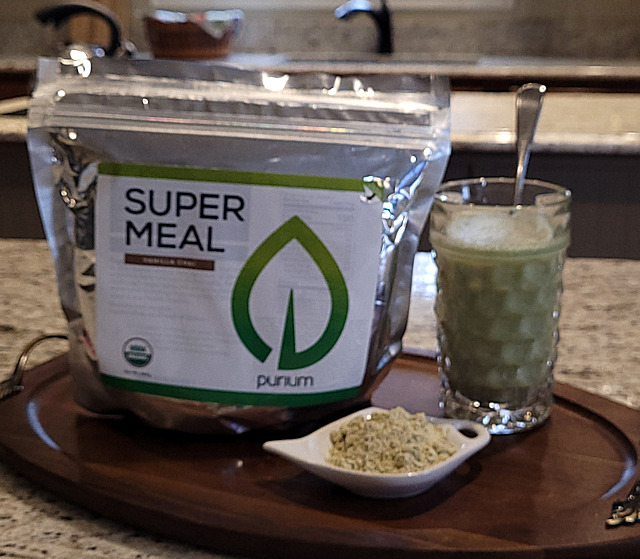Grains have long been acknowledged to be a fundamental sustenance for people, receiving the title of the “staff of life” thousands of years ago. Whole grain foods are now highly regarded for providing fiber, trace minerals, certain vitamins and beneficial plant chemicals not found in fortified or enriched grains. It is thought that these components are essential in lowering the chances of getting sick.
Investigations demonstrate that beneficial dietary patterns high in whole grain foods may have a part in decreasing dangers of heart illness, certain types of malignancy and type 2 diabetes. They may also help in managing body weight.
Grain products that have not been heavily processed contain all three parts of the plant: the bran, the germ, and the endosperm.
In the past 100 years, the milling and treatment of grains has become increasingly more sophisticated, enabling the large-scale extraction of the bran and germ. This has left us with a product known as refined flour that is composed only of the endosperm.
Refined flour is trendy due to the fact that it can create baked goods with a delicate consistency and longer shelf life. However, taking away a lot of the external coating and germ causes losses of dietary fiber, B vitamins, vitamin E, trace minerals, protein, unsaturated fat and around three-quarters of the phytochemicals, which are discovered in plant-based nutrition with physically functional components that may promote health.
In order to compensate for the depletion of essential B vitamins and minerals, addition began in the 1940s to reintroduce thiamin, riboflavin, niacin, and iron to flour.
Since 1998, the U.S. The Food and Drug Administration has mandated that products made from enriched grains must be enriched with folic acid, an artificial form of folate, which is a B vitamin. This is to assist females of a childbearing age in reducing their chances of having a fetus with a neural tube problem.
Enrichment vs. Fortification
Enrichment: The supplementation of vitamins and minerals to raise nutrient content back to the levels found in a food before it was stored, handled and processed.
Fortification: The bolstering of a food with extra nutrients which were not already there or which existed in a different capacity to the original food.
Definition of Whole Grains
A grain in its entirety includes the kernel of the grain plant, made up of bran, germ, and endosperm, after its hull and husk have been taken out. It can be intact, ground, cracked, or flaked. Grains can be consumed in their entirety, broken up, split, flaked, or milled into a powder.
Most of the time, grain is processed into flour and utilized in bread, cereal, noodles, crackers or other products that have grains as a component. No matter what type of processing the grain has undergone, anything that is labeled as “whole grain” must include the same proportion of bran, germ, and endosperm as it did in its original state.
Whole grains that are commonly eaten include wheat, oats, popcorn, brown and wild rice, barley, rye, cornmeal, buckwheat, bulgur, millet, quinoa, sorghum, triticale, amaranth, emmer, farro, and spelt. Whole grains are obtainable in unprocessed foods such as oatmeal, brown rice and popcorn, as well as in foods that contain whole wheat flour, such as breakfast cereals or other items.
Anatomy of a Whole Grain Kernel
Bran is the outer coating of the seed that provides protection from the sun, bugs, moisture, and diseases for the other two components of the seed. This food has beneficial antioxidants accompanied by iron, zinc, copper, magnesium, B vitamins, dietary fiber and plant-derived compounds.
The embryo, which is activated by pollen, will grow and develop into a new plant. This foodstuff is packed with B vitamins, vitamin E, antioxidants, plant-derived compounds and healthy fatty acids.
The endosperm serves as a source of sustenance for the germ, and would serve as sustenance for the young plant if it were permitted to germinate and grow. The endosperm, which makes up the major part of the kernel, is filled with starchy carbohydrates, proteins, and minuscule amounts of vitamins and minerals.
Whole Grains and Human Health
Whole grains have copious amounts of dietary fiber, which could be linked with a decreased chance of multiple ailments. Studies have indicated that the positive effects on health from consuming whole grains is due to something more comprehensive than their fiber levels. Studies suggest that even after taking dietary fiber into account, consuming whole grains have a positive impact on women’s heart health.
The nutrients found in the entirety of a whole grain, such as vitamins, minerals, essential fatty acids and phytochemicals, are linked to numerous health benefits. The germ and bran portion of the grain kernel have a wealth of beneficial components, such as resistant starch, oligosaccharides, lignans, phytosterols, phytic acid, tannins, lipids, phenolic acids and flavonoids that promote health.
Despite studies on the various parts of whole grains (fiber, antioxidants, etc.), evidence from epidemiological investigations points to the conclusion that whole grain foods provide more protection from health issues in comparison to the sole components and phytochemicals contained within them.
It is worth bearing in mind that even though a food item may contain a lot of fiber, it may not necessarily consist of whole grains, and the opposite is also true. The amount of fiber in various whole grain dishes may differ dramatically, having anywhere between 0.6 and 2.9 grams (in a 16 gram portion of whole grain) per portion. Certain grains that have a large or high-level of fiber may not contain a significant amount of whole grain. For instance, foods such as oat bran or cereal with a large amount of dietary fiber might not be composed solely of whole grain, but due to the bran component included, the fiber content is significantly increased.
Gastrointestinal Health
Whole grains are made up of components with positive impacts on GI health, such as soluble fiber, resistant starch and oligosaccharides. Research has indicated that eating dietary fiber from sources including wheat and oats results in larger stools. Stool weight goes up due to the presence of dietary fiber, the water it retains, and the fermentation of fiber and oligosaccharides, resulting in a greater number of bacteria staying in the stool.
The large intestine will react to the bigger and softer material created by a high-fiber diet by contracting, resulting in a quicker journey of the intestine’s contents towards being excreted. The importance of consuming whole-grain and high-fiber foods is essential in terms of maintaining healthy digestion and helping to prevent constipation. Furthermore, this fiber-rich diet can also reduce the risk of developing diverticulosis and diverticulitis.









